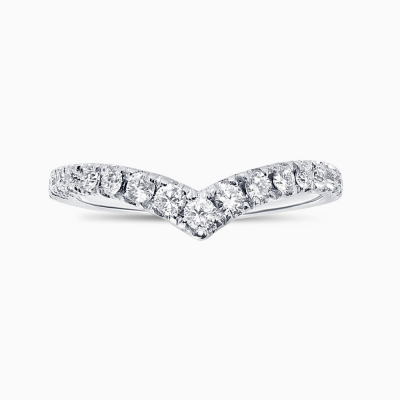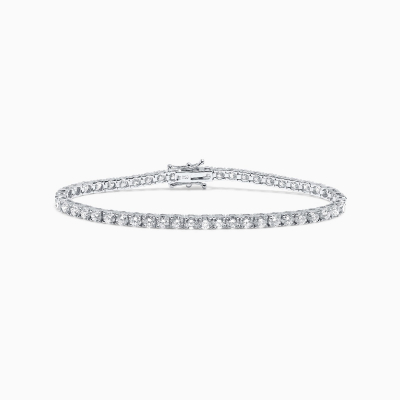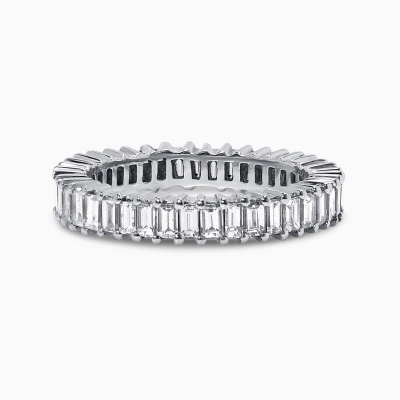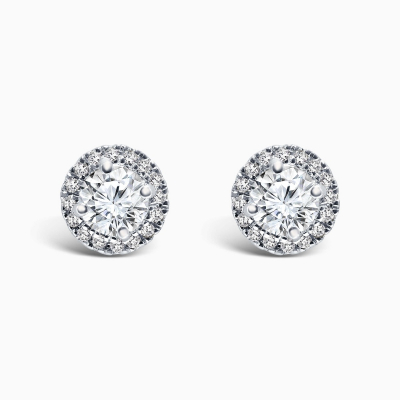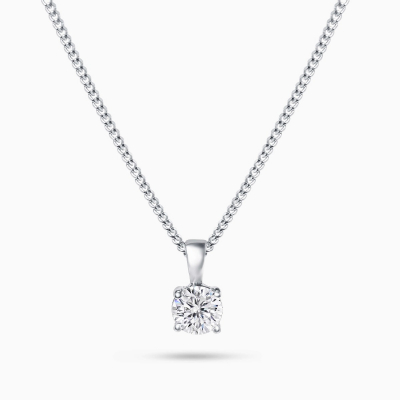GBP
/
GBP
/
Shipping to:
Currency:
DIAMOND RINGS SETTINGS GUIDE
One of the most important occasions in your life is the day you ask your partner to marry you. It is no wonder, then, that you want to get every little detail right, especially when it comes to choosing the engagement ring. This is a symbol of your love and your desire to spend the rest of your lives together; therefore, there is a great deal of emotion invested in it.
Engagement rings come in all shapes, sizes, styles and other variations, so it can be hard to know just where to start. One of the key decisions is in selecting the diamond ring setting you and your partner would like. You’ll find that the part of the ring that encircles your finger, as opposed to the part that encapsulates the diamond, is called the shank by jewellers. It can also be known as the band.
Once upon a time, the choice of metal for the shank was relatively straightforward: yellow or white gold? These days, though, there is a bewildering array of choice available. Much of the final decision is based on personal preference. Some women simply love the look of traditional gold. But even here, there are decisions to be made: in its purely natural state, gold is yellowy-orange in colour, but it is commonly alloyed with another metal to give it increased durability. This is sensible as after all, the engagement ring tends to be worn all day, every day and therefore undergoes a great deal. The process of adding the alloy, as well as the type of metal that is used, can alter the colour of the gold, offering yet more choice.
Other women may like the look of the sleek and more contemporary platinum; or even a combination of different coloured golds and platinum to give a unique look. Whichever you or your partner decide is entirely your choice, but in this section you will find a few details about the more common and rarer types of metal used in the making of engagement rings to inform your decisions.







